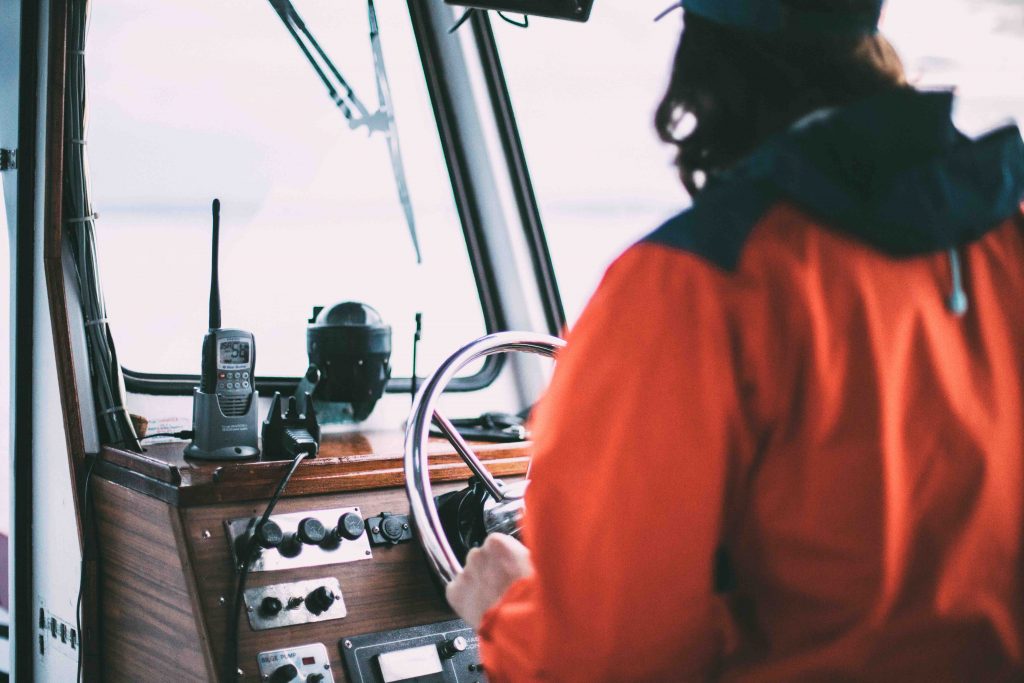
See a previous post that discussed the Limitation of Liability Act, or the LLA. Under the LLA, the owner of a ship can limit its liability for certain obligations to the value of the ship. Someone who sues a ship owner by claiming negligence for personal injury is limited in his or her recovery to the value of the ship. There are, however, various restrictions of when and how a ship owner can invoke this protection under the LLA.
The Limitation of Liability Act
Congress created the LLA in 1851 to promote maritime commerce. At that point, marine and commercial insurance was not common, and ship owners were concerned that if their ships sailed and a mishap occurred, an injured party would sue them for a value that was far beyond the value of the ship. For this reason, ship owners were reluctant to send out their ships for fear that they would lose all their profits. To that end, Congress created the LLA, which limits a ship owner’s liability in the event of a mishap.
While many argue that the LLA is obsolete due to the insurance industry’s significant involvement in the maritime trade, the LLA is still in force today.
The LLA and the Statute of Limitations
A ship owner who invokes a limitation right under the LLA must file a petition with the District Court within six months of receiving written notice of a claim that may exceed the value of the ship.
In the case of Doxsee Sea Clam Co. v. Brown from 1994, the Second Circuit Court of Appeals applied this test to determine when the notice of a claim is sufficient:
- The ship owner is informed of an actual or potential claim;
- Such claim may exceed the value of the ship and its pending freight; and
- Such claim is subject to limitation.
In the case of In re Case of Bayview Charter Boats Inc. from 1988, the Court in the Eastern District of New York this test to determine whether a notice of a claim is sufficient:
- The notice contains a demand or supposed right;
- The notice confers blame on the vessel owner for any damage or loss; and
- The notice calls upon the ship owner to remunerate the claimant.
Filing an LLA Complaint
The ship owner must file a motion with the District Court to benefit from the LLA. The motion must contain:
- A basis of for right to limit liability;
- Facts necessary to allow a court to determine the amount to be limited;
- Date and place of the voyage’s termination;
- The amount of the demands;
- Any pending thereon;
- Whether the ship was damaged, lost, or abandoned, and when and where;
- Value of the ship at the end of the voyage; and
- The amount of freight recovered or recoverable.
If you have been injured in a maritime accident, contact the Kolodny law firm, a maritime accident firm.

